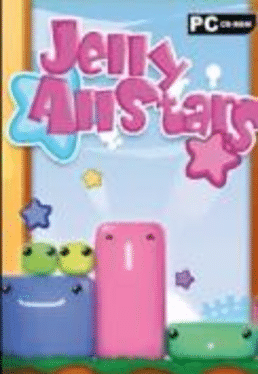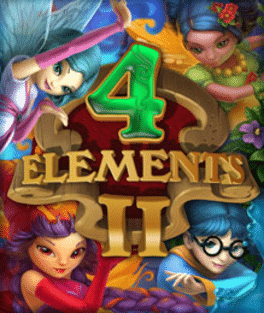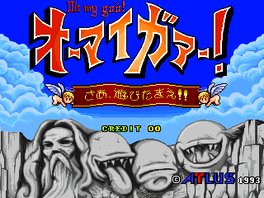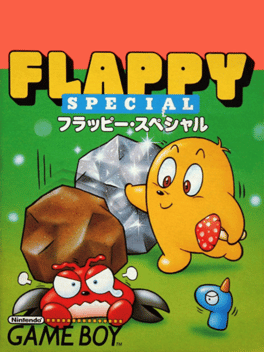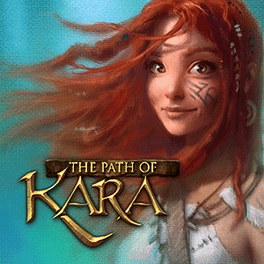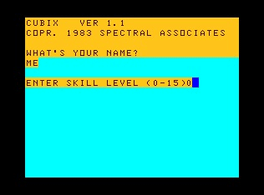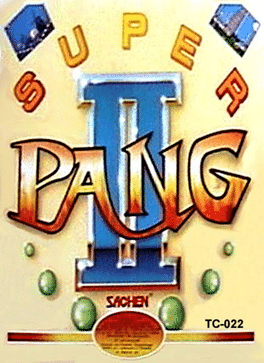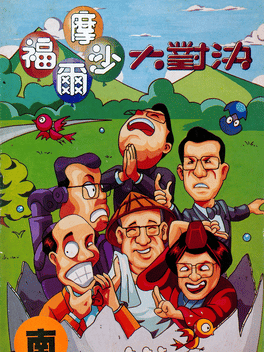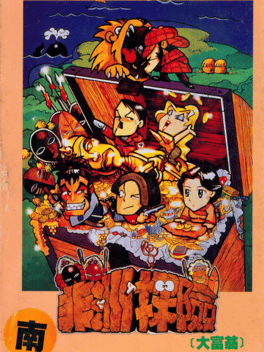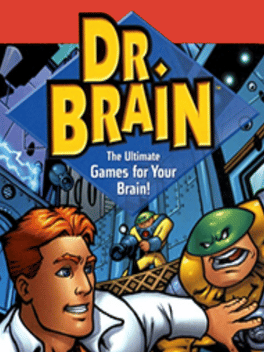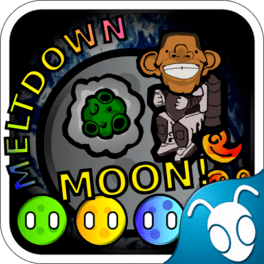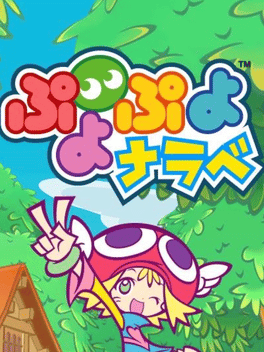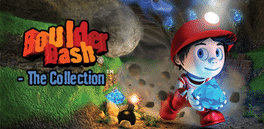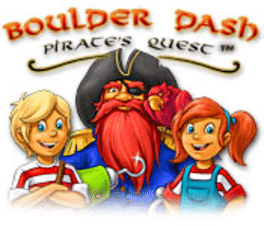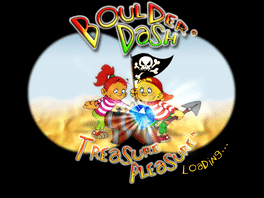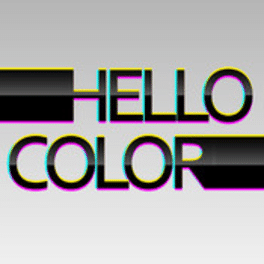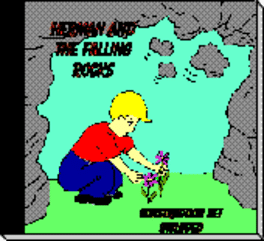Most Popular Playstation 3 Games - Page 369
-
4 Elements II
2011
4 Elements II
2011
Set the fairies free and restore the book of magic. This is a fantasy-themed match 3 game with many levels and mini games. -
Oh My God!
1993
-
Flappy Special
1990
-
The Path of Kara
2012
The Path of Kara
2012
The Path of Kara is a matcha-3 puzzle game exclusive to the Windows Phone. Join Kara, a young shaman, on a quest to save her island from imminent danger. -
Super Pang II
1992
-
Formosa Duel
1995
-
Fēizhōu Tànxiǎn
1995
-
Dr. Brain: Action Reaction
1999
This is the final Dr. Brain game, released by Knowledge Adventure in 1999. Using the three laws of physics, Dr. Brain must escape the underwater base and stop the bad guy. -
Meltdown Moon
2010
Meltdown Moon
2010
Action puzzle game where the player must match the multicolored moons while avoiding asteroids. -
Where's Waldo Now?
2012
-
Puyo Puyo Narabe
2012
Puyo Puyo Narabe
2012
Puyo Puyo Narabe is a Puyo Puyo spinoff released for Android devices in Japan. Players must drag Puyo of the same color together in order to pop them. -
Boulder Dash: The Collection
2012
Boulder Dash: The Collection is a compilation of five Boulder Dash games. -
Professor Tago's Mental Gymnastics
The second entry in Level-5's Atamari series. It is based upon the Atama no Taisou series of puzzle books, which is comprised of 23 books and has sold over 12 million copies. -
Hello Color
Color matching game using dots, grids, and spectrum waves. Includes three game modes. -
Herman and the Falling Rocks
A puzzle game where the eponymous Herman must collect all flowers in order to progress.
